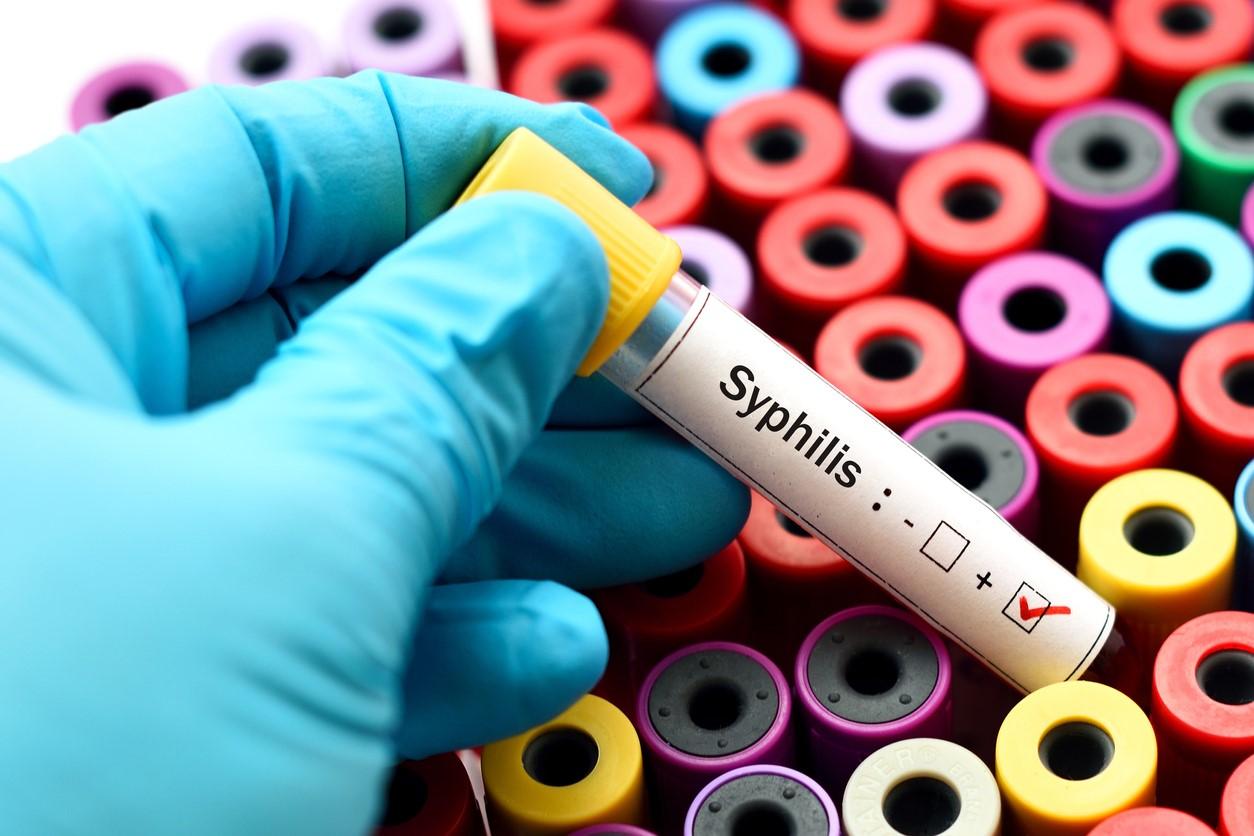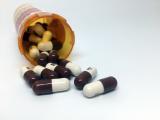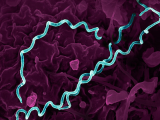New data released by the US Centers for Disease Control and Prevention (CDC) show reported cases of sexually transmitted infections (STIs) continued to climb in 2021.
The CDC's final surveillance data for 2021 show that more than 2.5 million combined cases of gonorrhea, chlamydia, and syphilis were reported, following a drop in reported cases in early 2020, when the COVID-19 pandemic caused disruptions to STI prevention and care services. Gonorrhea and chlamydia cases each rose by 4% compared with 2020, while syphilis cases rose by a whopping 32%.
Although chlamydia cases have not yet returned to pre-pandemic levels, gonorrhea and syphilis cases appear to have resumed the upward trajectory observed in the years prior to 2020. US STI rates hit an all-time high in 2019.
"The US STI epidemic shows no signs of slowing," Leandro Mena, MD, MPH, director of the CDC's Division of STD Prevention, said in a press release.
Skyrocketing syphilis cases
The CDC says the continued surge in US syphilis cases, which hit a historic low in 2001 and have since then risen by more than 700%, is a significant concern. In particular, the agency highlighted the 32% increase in 2021 of congenital syphilis cases, in which infection is passed from the mother to a newborn. The data showed that congenital syphilis resulted in 220 stillbirths and infant deaths in 2021.
Other public health agencies echoed the CDC's concern about syphilis, which—if left untreated—can cause serious health problems and increase the risk of HIV infection.
"Syphilis—and especially congenital syphilis—is the canary in the coal mine for a devastating and out-of-control epidemic of sexually transmitted infections in the U.S.," National Coalition of STD Directors (NCSD) Executive Director David Harvey said in a joint press release with the Association of State and Territorial Health Officers. "These are completely preventable infections that too often go unseen, undetected, and untreated. We need an all-out government response that meets the gravity of the crisis."
The CDC says that the pandemic's impact on STI prevention and care services was most acute during the early months of the pandemic, and that increased STI case counts in late 2020 through 2021 may reflect an increase in the use of healthcare clinics as they reopened following shelter-in-place orders. But they also could reflect higher disease transmission and increased spread of STDs in sexual networks as people sought out new sexual partners.
These are completely preventable infections that too often go unseen, undetected, and untreated. We need an all-out government response that meets the gravity of the crisis.
Since 2017, gonorrhea cases have increased by 28% and syphilis case by 74%. The agency says the 9% reduction in chlamydia cases compared with 2019 is likely the result changes in STI screening and not a reduction in new infections, which are often asymptomatic.
Disproportionate impact on racial and sexual minorities
As in previous years, racial and sexual minorities continue to be disproportionately impacted by STIs. Black or African American people accounted for nearly a third of all chlamydia, gonorrhea, and syphilis cases, while gay and bisexual men accounted for nearly half of all primary and secondary (P&S) syphilis cases and nearly a third of all gonorrhea cases. The highest rate of congenital syphilis cases in 2021 was among babies born to American Indian and Alaskan Native people.
The regional impact is disproportionate as well. California, Texas, Arizona, Florida, and Louisiana represented 58% of all reported cases of congenital syphilis, while just 100 counties accounted for 60% of all reported P&S syphilis cases.
The CDC says that to turn the STI epidemic around, local public health services need to be rebuilt and expanded, STI testing and treatment needs to be more accessible, and new interventions—including vaccines and post-exposure prophylaxis (PEP) strategies—need to be developed and implemented.
Among the PEP strategies the CDC is exploring is prophylactic doses of the antibiotic doxycycline following sexual activity. The results of a recent randomized trial show that the combined incidence of gonorrhea, chlamydia, and syphilis fell by two-thirds in in men who have sex with men and transgender women who took doxycycline within 72 hours of condomless sex.
"For the first time in decades, we're seeing promising new STI interventions on the horizon, but these alone will not solve this epidemic," Mena said. "It will take many of us working together to effectively use new and existing tools, to increase access to quality sexual healthcare services for more people, and to encourage ongoing innovation and prioritization of STI prevention and treatment in this country."




















